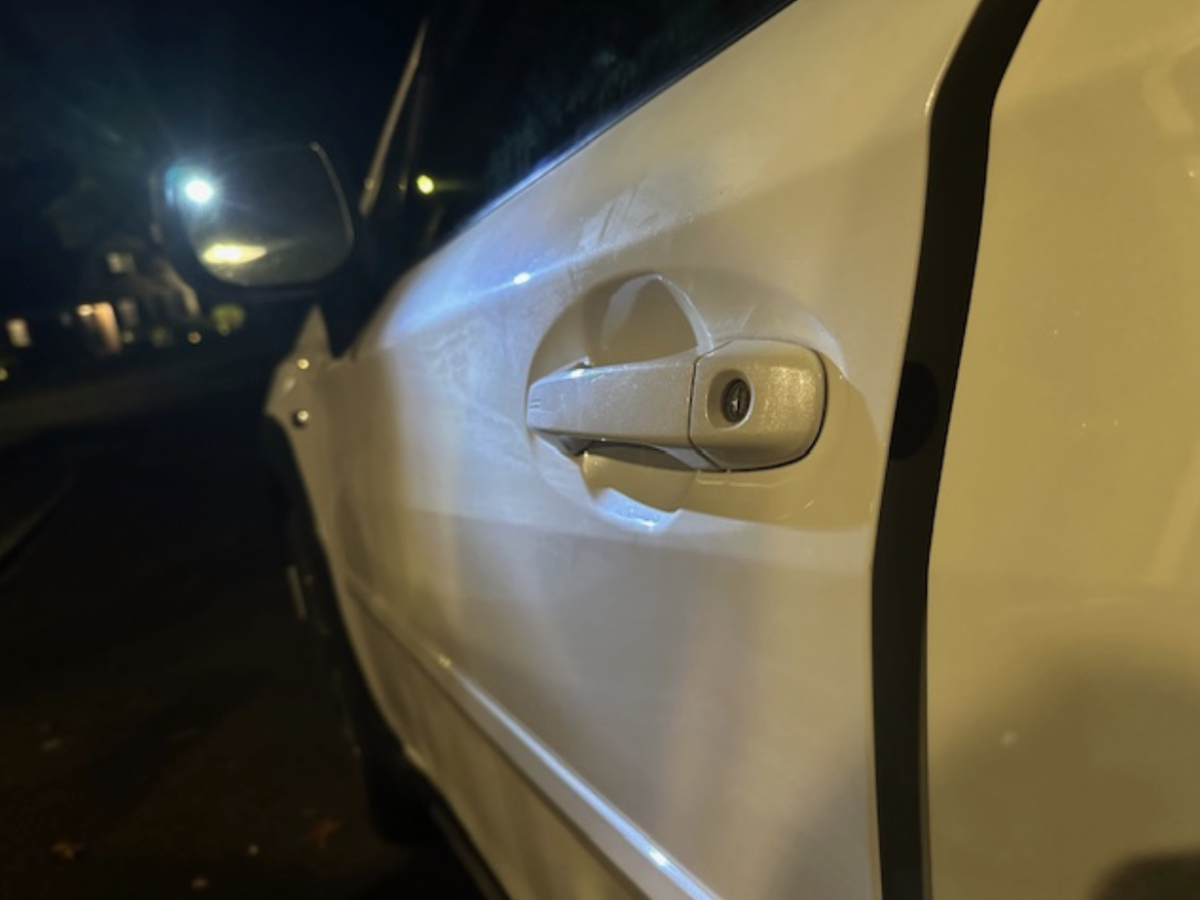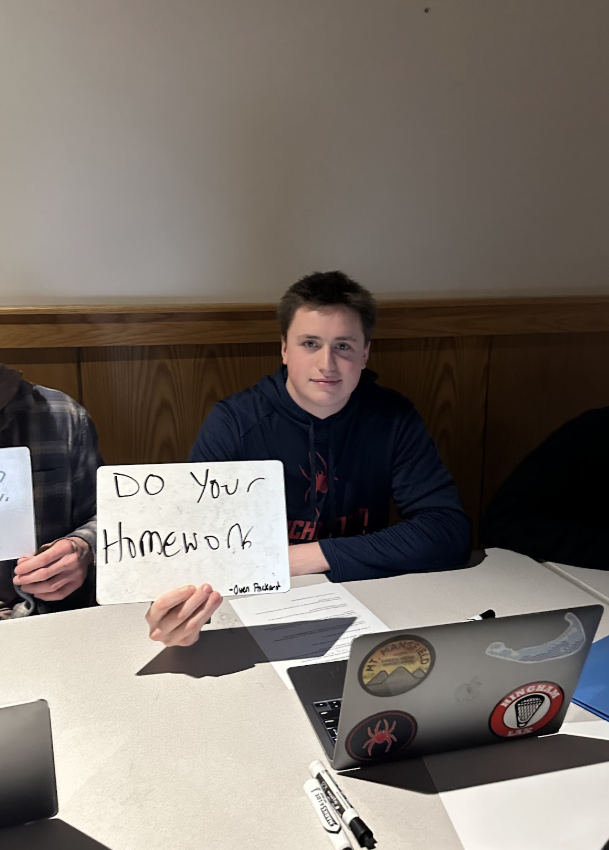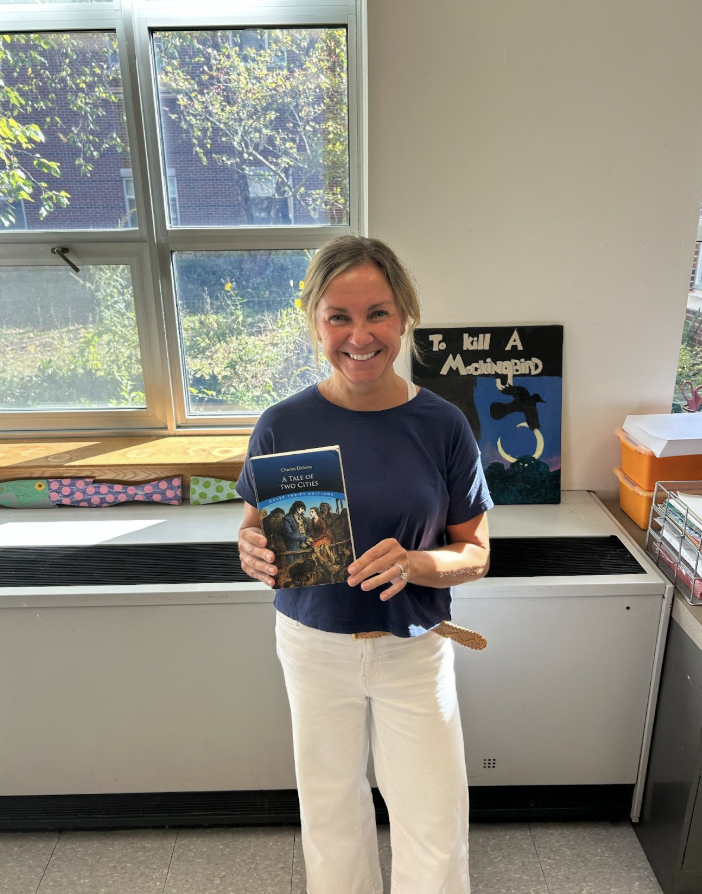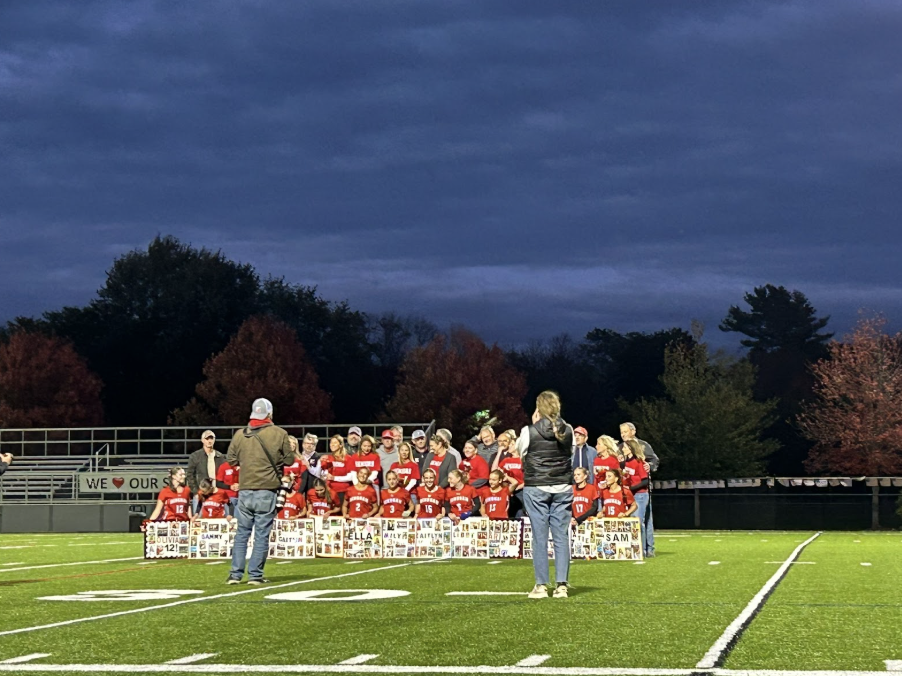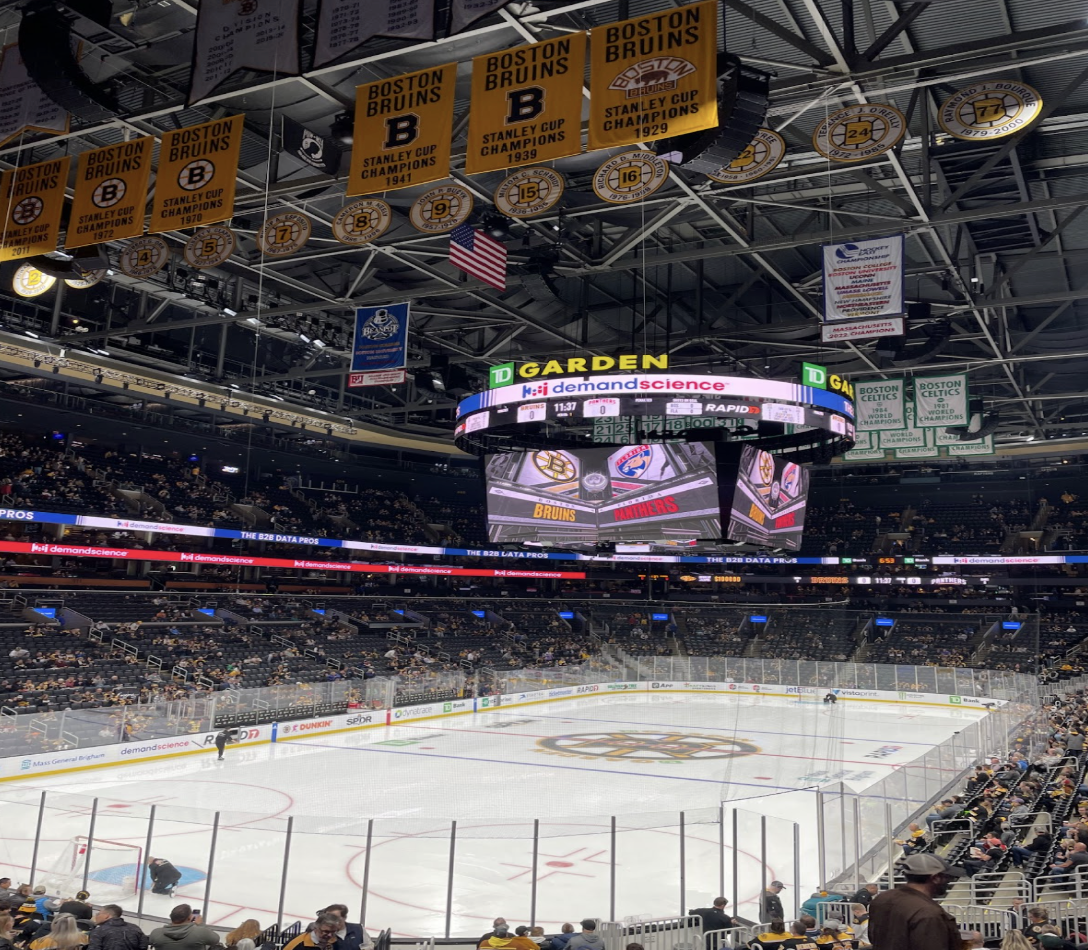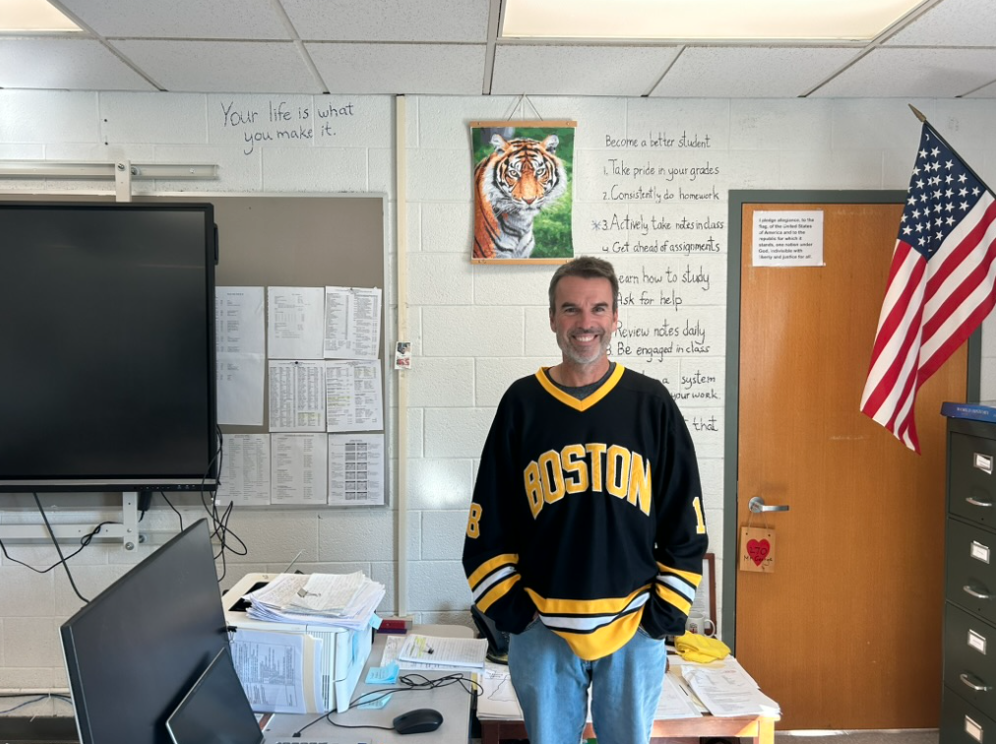Hurricane Devastation Continues with Hurricane Maria
At Hurricane Maria’s peak, the storm made landfall on Puerto Rico and the Dominican Republic, causing damage on most of the island. (Graphic courtesy CNN)
October 1, 2017
In the month of September alone, four category five hurricanes have hit the Caribbean and United States, leaving millions of people without power and the resources needed to survive.
The first hurricane, Harvey, directly hit Houston, Texas, instigating damaging floods that left people stranded in their homes. The second hurricane, Irma, hit the Caribbean and Florida. At its peak, Hurricane Irma left the island of Barbuda completely destroyed, with only 5% of the buildings still in habitable condition. Just days behind Hurricane Irma, Hurricane Jose mimicked Irma’s path and strength, causing double the damage in Caribbean islands. A week later, Hurricane Maria made landfall on some Caribbean islands that had not been significantly damaged by the previous storms. But after Maria’s impact, these areas were also left in devastation.
Maria’s first landfall was the U.S. Virgin Islands on September 20. These islands were damaged by Irma beforehand as well. Although Maria was not a category five hurricane at the time, it did leave buildings destroyed and left many without power.
Maria strengthened and then hit Dominica on September 21, which is a small island southeast of the Dominican Republic. Maria’s powerful winds and floods nearly destroyed the entire island. The death toll has reached 15 and continues to grow, even a week after the storm. After the hit, Maria went on to grow even further in its intensity.
As Maria’s winds accelerated to 175mph, rendering the storm a category five hurricane, it made landfall on Puerto Rico on September 22. The storm left 3 million people without power and six people dead. Sophomore Claire Schnorr has been following the response of the United States to these disasters, and is concerned that Puerto Rico has almost been “disregarded.” She questions as to “why aid was sent to Texas after Harvey and to Florida after Irma, but minimal help has been sent to Puerto Rico? Puerto Rico is a United States territory, and its people are United States citizens.” Although many affected areas are in need, Puerto Rico has received the least amount of aid and appears forgotten. Unfortunately, many Americans do not consider Puerto Rico a part of America and thus believe that the fifty states take precedent over the people Puerto Rico.
Still a strong storm, Hurricane Maria continued to make landfall on a few other island countries on September 23, including Turks and Caicos and the Dominican Republic. Sophomore Alexandra Lannon, a member of the Global Citizenship Club, attended the Global Symposium last school year and noticed that many people traveled to the Dominican Republic for their global service project. Lannon realizes that “many of [her] fellow club members have connections to the Dominican Republic and have made friends there. It’s very upsetting for the students who know people who were affected by the storms, and [she] hopes that everyone is alright.” A lot of students also have vacationed in some of the places affected. Lannon observed that “students are showing respect for the places affected by the hurricanes by wearing souvenir shirts from those places or sharing memories from these places online. [She thinks] it has brought the community together.”
The remnants of Hurricane Maria were expected to hit the Outer Banks of North Carolina, causing mandatory evacuation. Fortunately, the hurricane unexpectedly shifted east, missing the Outer Banks altogether.
With four damaging hurricanes to date, this hurricane season is one like no other. There are still two months left until the season officially concludes.


